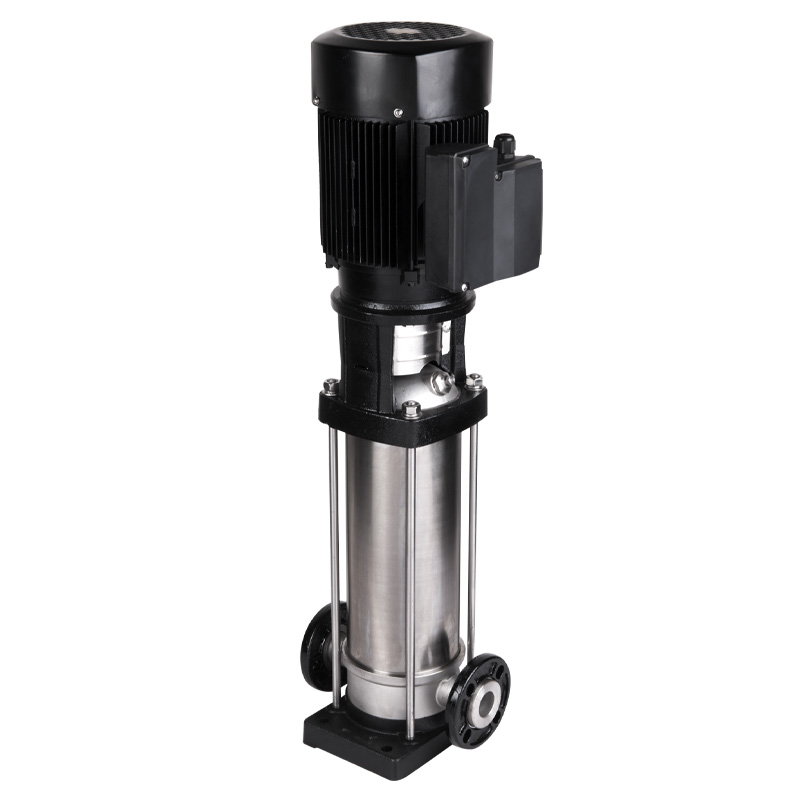A household booster pump is a device designed to increase water pressure in homes. It is widely used in scenarios such as insufficient tap water pressure, high-rise water supply, water heater pressure boosting, and solar water supply. The key feature of a household booster pump is its efficient pressure boosting. By using a motor to drive the impeller, it quickly increases water pressure, addressing issues like low water pressure, small water flow, and slow water flow. The pump features a quiet design; high-quality models use low-noise motors and vibration-reducing structures, ensuring minimal noise during operation, making it suitable for most households. The pump is equipped with a pressure switch or water flow sensor, which automatically activates when the tap is turned on and shuts down when the tap is closed, saving energy. Additionally, the pump body is made of durable stainless steel, which is corrosion-resistant and has a longer lifespan. The pump is versatile and can handle both cold and hot water, as well as high temperatures.
The common types of household booster pumps are centrifugal booster pumps, which are suitable for ordinary families. They have large flow rate, low noise and simple installation, and occupy small space. They are suitable for old residential areas with low water pressure and high-rise residents.
A household booster pump, as the name suggests, is a pump installed on a pipeline to increase pressure. It is a special term for a type of pump. Generally, when referring to a household pipeline booster pump, it means a pump installed on a pipeline to convey liquids. This term is not limited to any specific type or form of pump; it can be either vertical or horizontal, such as multi-stage centrifugal pumps, single-stage centrifugal pumps, and so on. These can all be referred to as household pipeline booster pumps. In the industry, a pipeline booster pump generally refers to a pump with a pipeline structure that can be directly installed in series like a pipeline.
Since a booster pump is also known as a pump, its selection follows the same principles as that of a centrifugal pump. The key parameters to consider include flow rate, medium, and specific gravity. When we refer to the flow rate and head of a pump, we mean its rated flow rate and head. The rated flow rate and head are the pumping capacity and lifting height of the pump when both the inlet and outlet are fully open and operating at the rated frequency. The rated head corresponding to the rated flow rate is known as the pump’s optimal operating point. This point represents the pump’s highest efficiency, so when selecting a pump, it is advisable to choose one with the optimal operating point parameters. This not only maximizes the pump’s potential but also extends its service life.
Post time: May-29-2025






